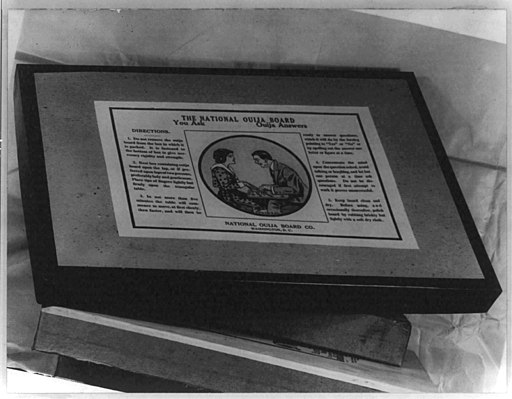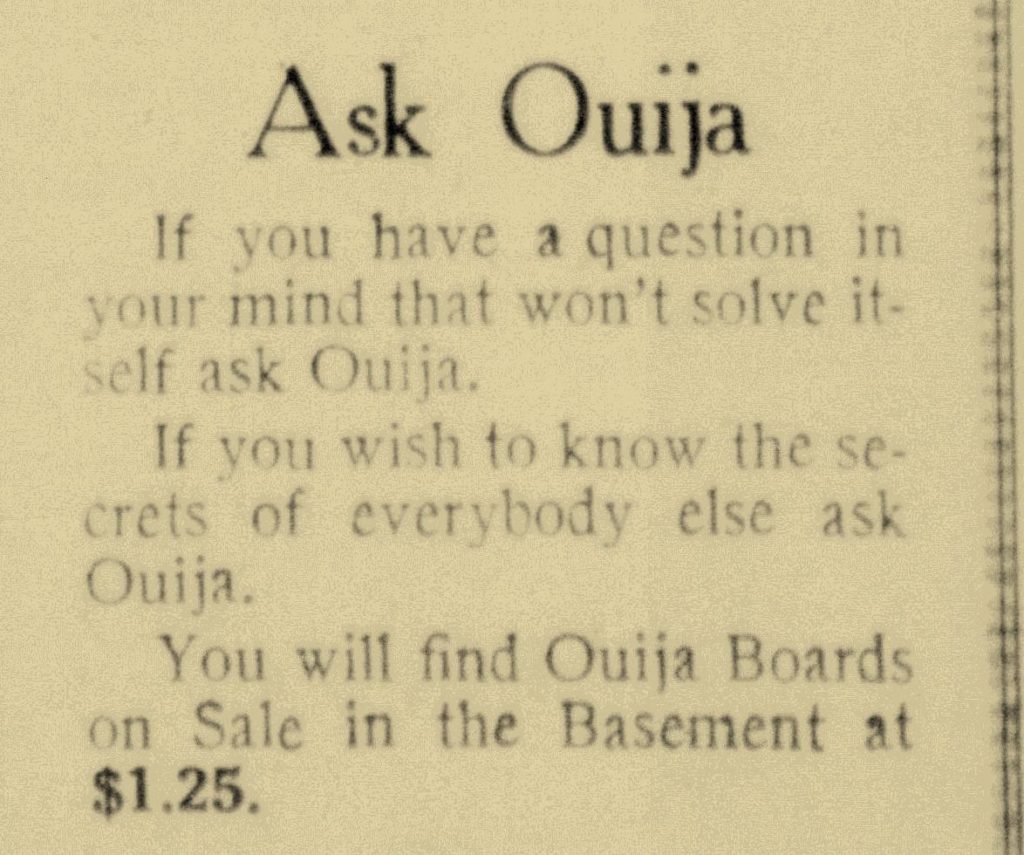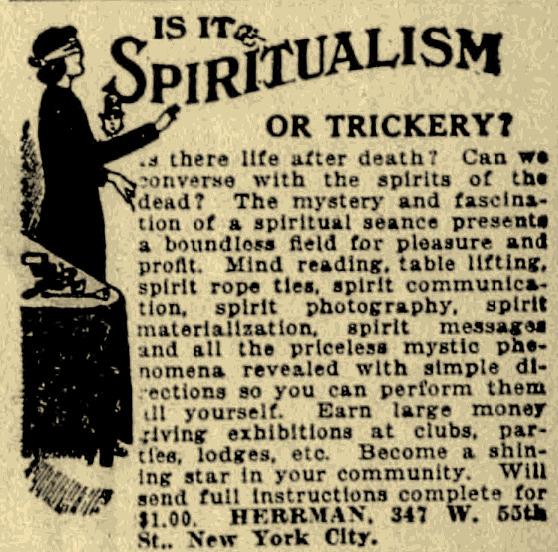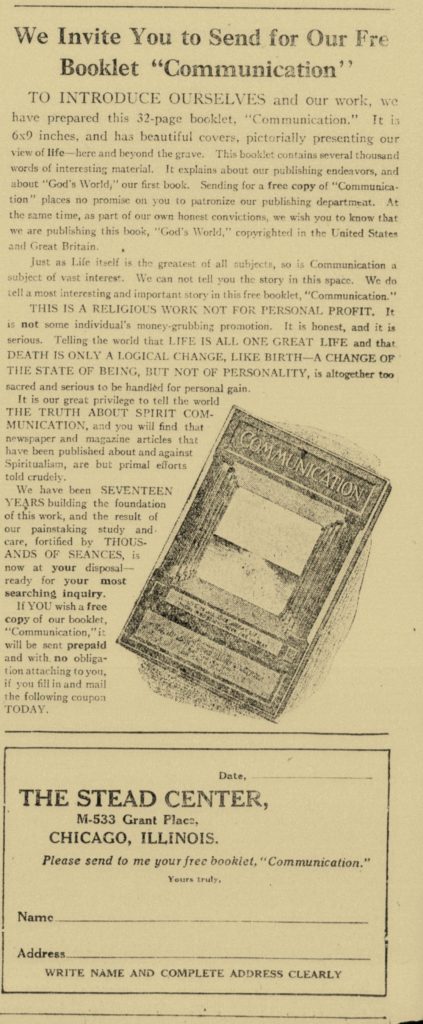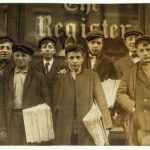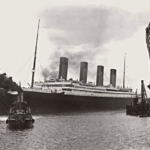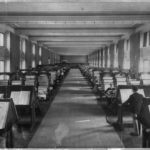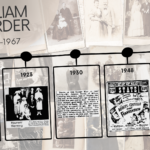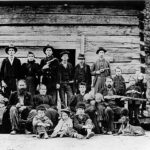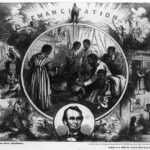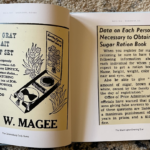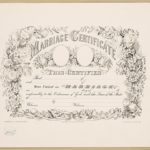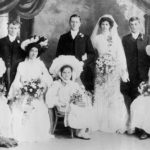The first quarter of the 20th century found the world in turmoil. A world war raged and the Spanish Flu global pandemic combined to cause a staggering death toll of between 40 and 70 million people. As a result, a spiritualism craze gripped the surviving population. People were desperate to make sense of life, and some even hoped to get in touch with loved ones they had lost.
SPIRITUALISM
Sir Arthur Conan Doyle, famously known for his Sherlock Holmes series, and Sir Oliver Lodge, a physicist who worked with radio waves, were well-known proponents of spiritualism in the early 1900s. Being from two different spheres of influence, the men were adamant that spiritualism was not a fad but “that spiritualism had come to stay.”
Other famous folks opposed spiritualism. An article about Harry Houdini quoted him as saying, “it is so easy to confuse and overwhelm the mind with apparent magic.” Houdini felt all examples of spiritualism could be explained.
Not only was the debate of spiritualism evident between famous people of the time, but with the clergy as well. Articles from a religious point of view were abundant. In the Zion Independent on June 30, 1911, more than a page of the three-page edition was dedicated to Modern Spiritualism in an address given at the Christian Catholic Church of Zion City, Illinois. Identification of modern spiritualism through scripture was outlined for readers.
LIFE AFTER DEATH
Is there life after death? That was the question on the lips of many after World War I and the following pandemic. The newspapers of the day teemed with articles written from both perspectives. The Oakland Tribune’s December 28, 1919 issue showcased this power struggle between the believers and the naysayers with articles like “Ouija Board Speaks,” “Do the Dead Communicate with the Living,” and “What Scientists are Doing to Lift the Veil of Death.”
An editorial page of the Washington Times published an article entitled “Can the Dead Talk to Us?” that claimed the dead would have more interesting things to talk about than what had been shared by the Ouija board. The article showcased Ella Wheeler Wilcox’s poem “Illumined”, which she penned after her talk with her dead husband. Also printed was Mrs. Wilcox’s letter to the editor, which stated, “These experiences have changed the earth for me from a barren desert…to a glorious anteroom.”
A fascinating article from a 1918 Boston Post edition recounts a mother’s trip to a medium and subsequent investigation into the death of her son in the war. “Do the Dead Communicate with the Living?” shared several small segments on the topic and the popularity of spiritualism, mediums, and seances of the time.
OUIJA BOARDS & SEANCES
The sales and use of Ouija boards skyrocketed during the spiritualism craze. “Is Santa Ana a Devotee of the Ouija Board?” claimed one Santa Ana store that was selling three to four boards a day with around 500-600 sold in the previous six to eight months in the area. The following page of the paper included an article about Senator Will Sharkey’s plan to introduce a bill to prohibit the sales of Ouija boards.
Two types of people bought Ouija boards. Many delighted in the use of them as a parlor sport and just wanted to have some fun, while others truly believed these wooden boards held the possibility of chatting with departed loved ones.
The Sunday Oregonian claimed almost every up-to-date home had three essential items: a percolator, an electric iron, and a ouija board. The newspaper included stunning photographs of people using Ouija boards, and the title “Weird Ouija Rites are Source of Dementia” set the stage for a unique, if not unusual, article.
ADVERTISEMENTS
Many newspapers of the time included advertisements in spiritualism and palmistry. One such ad claimed to reveal directions to perform seances, spirit photography, table lifting, and much more by sending $1 to the listed address.
Throughout the country, free seminars popped up citing “millions now living will never die” by Judge Rutherford. The advertisement indicated 10,000 attendees were turned away from the New York Hippodrome event and similar stories worldwide. Other events were held by individuals such as H.H. Reimer in support of Judge Rutherford’s ideals.
“Spiritualism Reveals Life’s Great Truths” was part of a full-page advertisement by the Stead Center in Chicago, Illinois. It included information about their Medium and Pastor, Mrs. Cecil M. Cook, along with the reason it was called the Stead Center – they contended Mr. William T. Stead continued to live after the sinking of the Titanic! The ad also gave readers the chance to order a FREE booklet called Communication.
Whether you are a firm believer or definitive skeptic, articles regarding the spiritualism craze in the early 1900s are abundant in periodicals of the past. To learn more, try a 7-Day Free Trial at NewspaperArchive.com.
